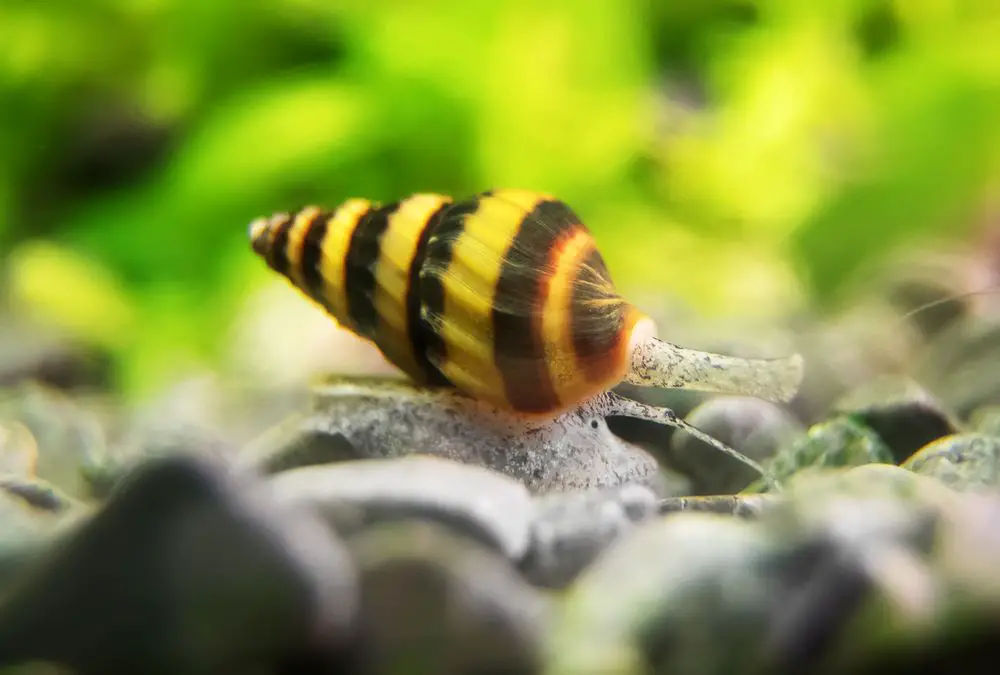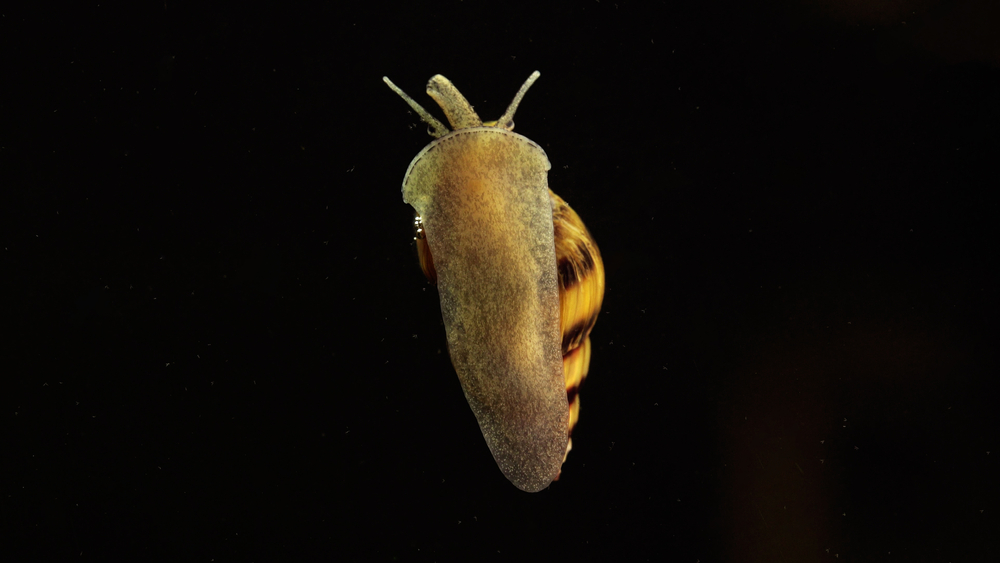Hey there, shrimpfam! Have you ever found yourself staring at your tank, eyes squinted, trying to make out the tiny specks that are assassin snail eggs? You’ve counted them, maybe even named a few, and now you’re left wondering, “When will these little guys hatch?”
Well, brace yourselves because the answer is… it varies! Depending on factors like water temperature, it can take anywhere from 3 weeks to 2 months for assassin snail eggs to hatch. Talk about a suspenseful wait, right?
Now, let’s dive deeper. Picture this: You’ve just introduced a few assassin snails into your tank to deal with a pesky pest problem. You notice the first eggs and excitement bubbles up. But as days turn into weeks, you start to wonder if you’re doing something wrong. Why aren’t they hatching? Is the water temperature not right? Are the other tank inhabitants disturbing them?
I’ve been there, trust me. I remember the first time I spotted assassin snail eggs in my tank. I was over the moon! But as the weeks rolled on with no sign of tiny snails, I started to worry. I checked the water temperature, made sure the tank was peaceful, and even whispered a few encouraging words to the eggs (don’t judge!).
After what felt like an eternity (but was actually about 5 weeks), I spotted the first baby snail. The relief was immense! But this experience taught me a valuable lesson: patience is key in the world of shrimp and snail keeping.

What conditions are ideal for assassin snail eggs to hatch?
Creating the perfect environment for your assassin snail eggs to hatch is a delicate balance. The first thing to consider is the water temperature. Assassin snails thrive in temperatures between 70°F and 82°F (21°C – 28°C). However, the ideal temperature for egg hatching is slightly narrower, around 74°F to 82°F (23°C – 28°C).
Water quality is another crucial factor. Assassin snails prefer slightly acidic to neutral pH levels, around 7.0 – 7.5. High ammonia, nitrite, or nitrate levels can be harmful, so regular water changes and monitoring are essential.
Substrate is another important consideration. Assassin snails are burrowers, so a soft, sandy substrate is ideal. It allows the snails to burrow and hide, which is a natural behavior, especially for the young ones after they hatch.
Lastly, don’t forget about peaceful tank mates. Assassin snails are generally peaceful creatures. While they can defend themselves against small, aggressive tank mates, a peaceful tank environment is best for their overall well-being and successful egg hatching.
Remember, patience is key. Even under ideal conditions, assassin snail eggs can take anywhere from 3 weeks to 2 months to hatch. So, keep an eye on your tank, maintain the right conditions, and soon enough, you’ll be welcoming a new generation of assassin snails into your aquatic family.
What are common issues with hatching assassin snail eggs and how can they be resolved?
Hatching assassin snail eggs can sometimes come with its own set of challenges. One common issue is fluctuating water parameters. Sudden changes in temperature, pH, or high levels of harmful substances like ammonia, nitrite, or nitrate can negatively impact the eggs’ development. Regular monitoring of your tank’s water parameters and performing water changes can help maintain a stable environment conducive to egg hatching.
Another issue could be an unsuitable substrate. Assassin snails are burrowers, and a hard or sharp substrate can prevent them from exhibiting this natural behavior, causing stress. Providing a soft, sandy substrate can help resolve this issue.
Predation is another potential problem. Some tank mates may see the eggs as a tasty snack. If you notice your eggs disappearing, it might be time to reconsider your choice of tank mates. Opt for peaceful species that are known to coexist well with assassin snails.
Lastly, impatience can be a challenge. It’s exciting to wait for the eggs to hatch, but remember, it can take anywhere from 3 weeks to 2 months. Don’t be tempted to intervene or try to speed up the process. Nature has its own pace, and the best thing you can do is provide a healthy, stable environment and let nature take its course.
By understanding these common issues and knowing how to resolve them, you can increase the chances of successfully hatching assassin snail eggs. Remember, every challenge is an opportunity to learn and grow as a shrimp keeper. Happy hatching!

What should I expect after the assassin snail eggs have hatched?
Once the assassin snail eggs have hatched, you’re in for a delightful experience. But, it’s also a time that requires careful observation and continued care. The first thing you might notice is that the baby snails, or ‘snaillets’ as I like to call them, are incredibly tiny. They might be hard to spot at first, but if you look closely, you’ll see them exploring their new world.
One interesting behavior to note is that these little adventurers are likely to burrow into the substrate soon after hatching. This is a natural behavior for assassin snails, and it’s a sign that they’re feeling right at home. Don’t worry if you don’t see them for a while. They’re just lying low, growing, and developing in the safety of the substrate.
As for feeding, baby assassin snails are scavengers, just like their parents. They’ll start feeding on leftover food, decaying plant matter, and even other snails. You don’t need to provide any special food for them. Just ensure there’s enough food in the tank for everyone.
Finally, remember that the baby snails will still be sensitive to water parameters, just like their parents. Continue monitoring the water quality and temperature to ensure they remain within the ideal range for assassin snails.
Seeing your assassin snail eggs hatch and watching the baby snails grow is a rewarding experience. It’s a testament to your efforts as a shrimp keeper and a reminder of the fascinating life cycles that unfold in our tanks. So, sit back, enjoy the show, and welcome your new little snaillets to the shrimpfam!

In Summary: The Journey of Assassin Snail Eggs
From the moment you spot the first assassin snail eggs in your tank to the day they hatch, the journey is filled with anticipation, a bit of anxiety, and a whole lot of excitement. By providing the right conditions, maintaining a stable environment, and patiently waiting, you can witness the miracle of life unfold right in your tank.
Remember, every challenge you encounter along the way is an opportunity to learn and grow as a shrimp keeper. And the reward? A thriving population of assassin snails that contribute to the balance and beauty of your aquatic ecosystem.
If you ever find yourself in need of help or advice, don’t hesitate to reach out. The shrimp keeping community is a supportive and knowledgeable one, always ready to lend a hand. If you can’t reach me here, check out Aquarium Shrimp Keeping on Facebook.
On a final note, remember to enjoy the journey. Shrimp and snail keeping is not just about the destination, but also about the experiences and lessons along the way. So, here’s to many more hatching adventures. Happy Snail Keeping!

Frequently Asked Questions
Q. Where do assassin snails lay their eggs?
A. Assassin snails usually lay their eggs on hard surfaces. This could be on the tank glass, decorations, or even on the shell of other snails.
Q. How long do assassin snails take to breed?
A. The breeding process for assassin snails can vary. Once they reach maturity, which can take around 5-8 months, they can start breeding. The actual mating process can take a few hours.
Q. How long do snail eggs take to hatch in an aquarium?
A. The hatching time for snail eggs can vary depending on the species and the conditions in the tank. For assassin snails, it typically takes anywhere from 3 weeks to 2 months for the eggs to hatch.
Q. Do assassin snails multiply fast?
A. Compared to some other snail species, assassin snails do not multiply as quickly. They lay fewer eggs, and their eggs take longer to hatch.
Q. Do assassin snails eat baby snails?
A. Yes, assassin snails are known to eat other snails, and this includes baby snails. They are often introduced into a tank to help control a snail population.
Q. Do assassin snails clean tanks?
A. Assassin snails can contribute to the cleanliness of a tank by eating dead plant matter and other snails. However, they should not be relied upon as the sole means of keeping your tank clean. Regular maintenance is still necessary.
